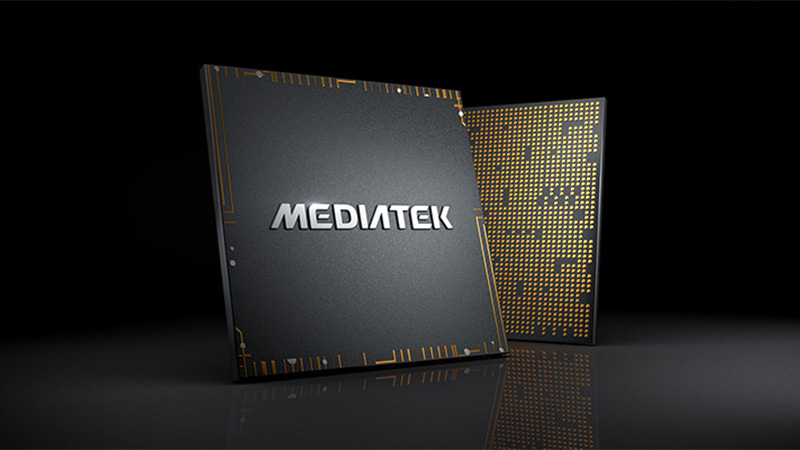MediaTek reportedly preps Arm processors for Windows laptops — will arrive as Qualcomm's exclusivity deal expires
Qualcomm will have a Windows-on-Arm competitor when its exclusivity agreement with Microsoft expires.

Qualcomm competitor MediaTek is developing an Arm-based SoC designed to run Windows, according to three insiders who talked to Reuters. Meaning the choice of chip for your next laptop just got that much more complicated.
Qualcomm has been the sole Microsoft partner for Arm-powered Windows PCs since 2016, after the two firms signed an exclusivity deal. This venture led to the mid-May launch of Snapdragon X-powered Windows Copilot+ PCs, with Microsoft confident that the Snapdragon X Elite could surpass Apple’s M3 MacBook Air. Early benchmarks seem to confirm this increase in performance and battery life, giving Windows laptops a much-needed boost against the phenomenal efficiency of Apple-silicon MacBooks.
But this partnership is coming to an end soon: Arm's CEO confirmed that the Qualcomm-Microsoft deal expires this year. This means other manufacturers, like MediaTek, Nvidia, AMD, and even Intel, could get in on the Windows-on-Arm bandwagon. Qualcomm CEO Cristiano Amon even went as far as predicting that 50% of Windows PCs will be powered by an Arm chip in five years.
MediaTek has been working on Arm-powered Chromebook designs for several years, and was planning as early as 2022 to build Windows-on-Arm processors. So, with the upcoming expiry of the Microsoft-Qualcomm partnership, it makes sense for the Taiwanese company to enter the market as soon as legally possible. After all, designing and creating a chip doesn’t happen overnight; even Arm said that it takes at least nine months to build an SoC from ready-made components, with more complicated, custom designs requiring a year or more to reach mass production.
For what it's worth, MediaTek’s processors aren’t as popular as Qualcomm’s Snapdragon chips, yet MediaTek actually has a 36% market share in smartphone SoCs (compared to Qualcomm’s 23%), especially as its entry-level and mid-range chips are found in many Android devices.
Playing the Nvidia card
One advantage that MediaTek might be hiding up its sleeve is its history of partnership with Nvidia. The latter is the biggest desktop graphics card maker in the world, with an 88% market share, and it’s poised to launch its most powerful GPU yet this year, the RTX 50-series. But what many might not know is that these two companies have collaborated before: MediaTek’s Dimensity Auto Cockpit SoC sports integrated Nvidia graphics. We’ve also had reports from last year that MediaTek plans to use Nvidia GPU tech for its smartphone and Windows PC SoCs.
Stories about MediaTek’s PC ambitions were further fueled when its CEO, Rick Tsai, was spotted having dinner with Nvidia’s Jensen Huang, TSMC’s Morris Chang, and Quanta’s Barry Lam. These four CEOs are the key to making a complete Arm-powered laptop — TSMC for chip fabrication, MediaTek for the CPU, Nvidia for the GPU, and Quanta for the final laptop assembly.
Get Tom's Hardware's best news and in-depth reviews, straight to your inbox.
Nevertheless, neither Microsoft nor MediaTek have commented on the news yet. It could be that MediaTek is still building its prototypes, and Microsoft is yet to look at them, so both parties are still tight-lipped about what is happening. Nevertheless, we would welcome MediaTek’s entry into Windows-on-Arm SoC production. After all, a little competition wouldn’t hurt the market, especially if it gives consumers a better and more affordable computer.

Jowi Morales is a tech enthusiast with years of experience working in the industry. He’s been writing with several tech publications since 2021, where he’s been interested in tech hardware and consumer electronics.